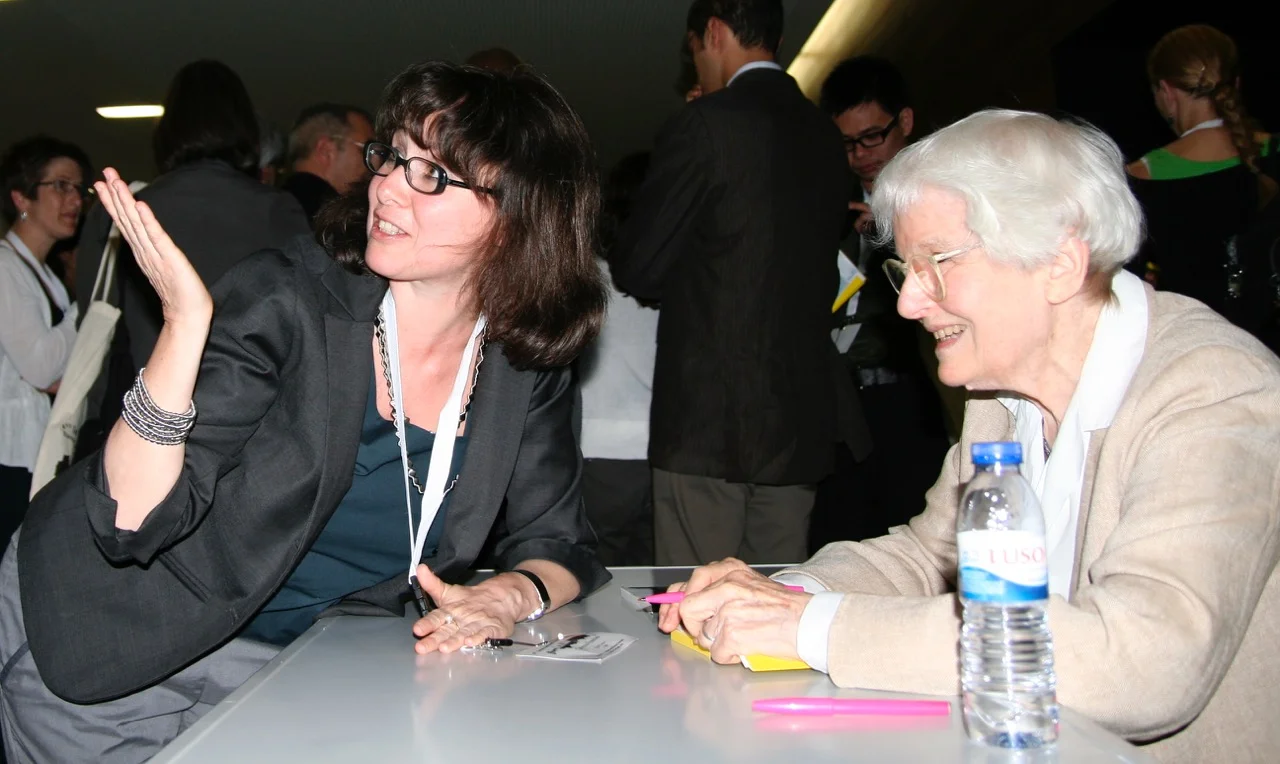‘‘This fear was transmitted to us through our parents who told us stories of our neighbors spying on us and reporting each other for small things like tearing the newspaper with the portrait of Stalin or using it as a toilet paper in the bathroom. I also think it is a generational issue. Young Kazakhs grew without it and these are the people who drive change. Older people will be more afraid to raise these topics, so I think it must go to younger people who are without fear, more globalized and better educated.’’’
Women Issues Do Not Solve Inequality. Gender Does. Brigitte Wotha.
We Can’t Change History With Local Stories. Caterina Franchini
‘‘Before we enter mainstream sources, histories, even Wikipedia, we as women have to be aware of our heritage and achievements on an international scale. We can’t focus only on the local cases. The research, the information pack, has to be sound and has to cover at least one century in addition to being backed by a critical mass of scholars and practitioners, both men and women.’’
How to Install Children Playground in Minsk? Nadzeya Tsaranok
,,We have realized it was our fail and that we had to seal ourselves with protection from authorities. We went to the Chief Architect of Minsk. He endorsed us and eventually designated the project to some of his assistants, but it took almost four months until we got an official permission to make survey, organize participatory events and finally invest our own funds into installment of the playground.’’
More Women in Politics. Ksenija Radovanović
We Should be Planning Places for People with People. Elena Madison
''Placemaking is so concrete. You are talking about a very specific thing - a very specific place, which is a good way of starting dialogue and getting groups that may be in conflict on other issues to cooperate and at least to hear each other out. Some of the lessons from conflict zones apply to places that are under a lot of pressure from gentrification, because in essence gentrification is conflictual.''
Two Historians on Two First Women Architects. Florence Fulton Hobson (IE), Elena Luzzatto Valentini (IT).
,,I think historians are starting to revisit books on 20th-century architecture in order to ask, for example, where are the women architects? Who worked in collaboration with whom? What does it mean to be innovative and ground-breaking? We are not as ready as we were to believe that one person is able to foster wide-ranging changes alone.''









